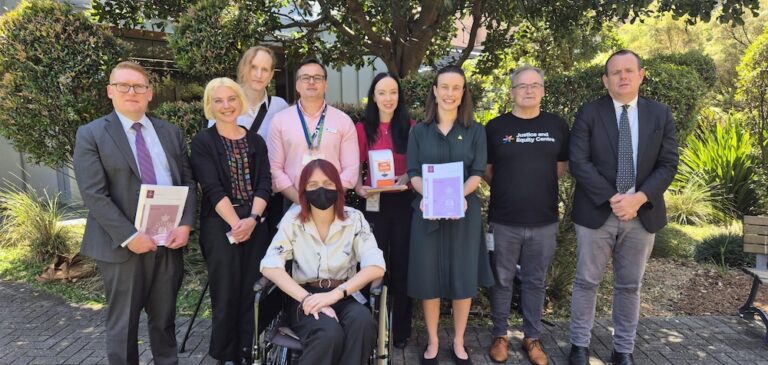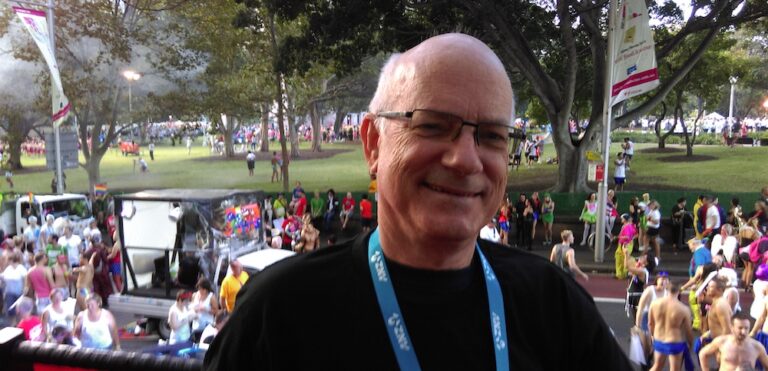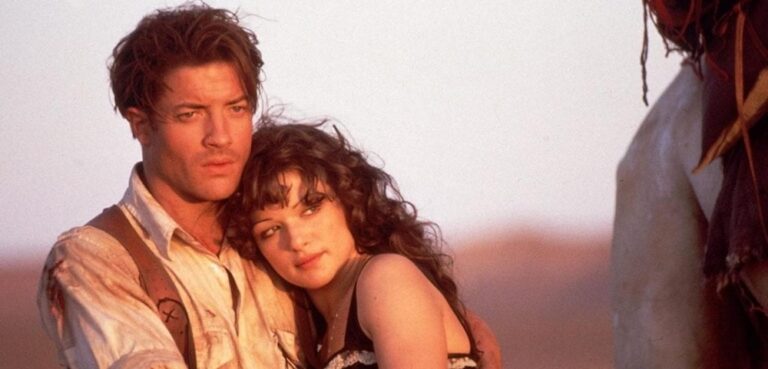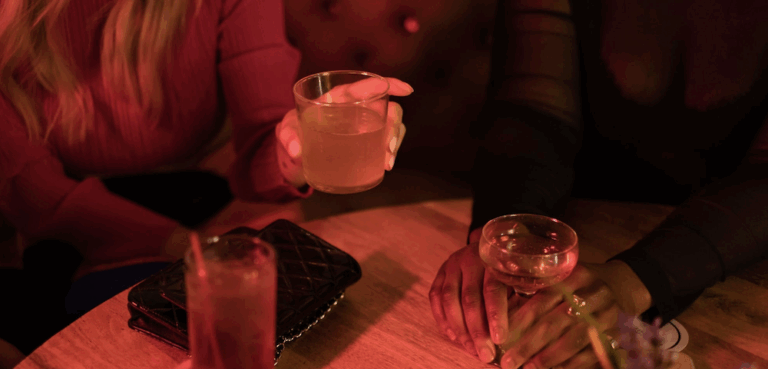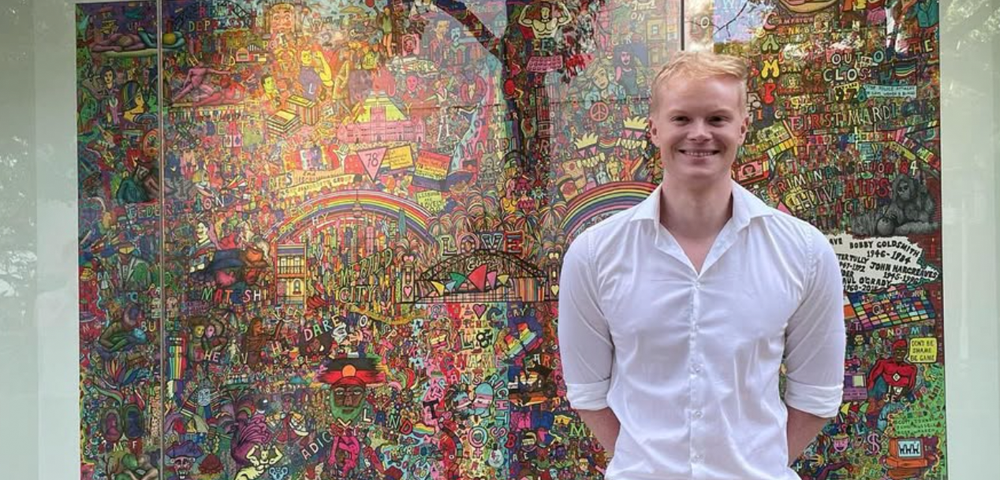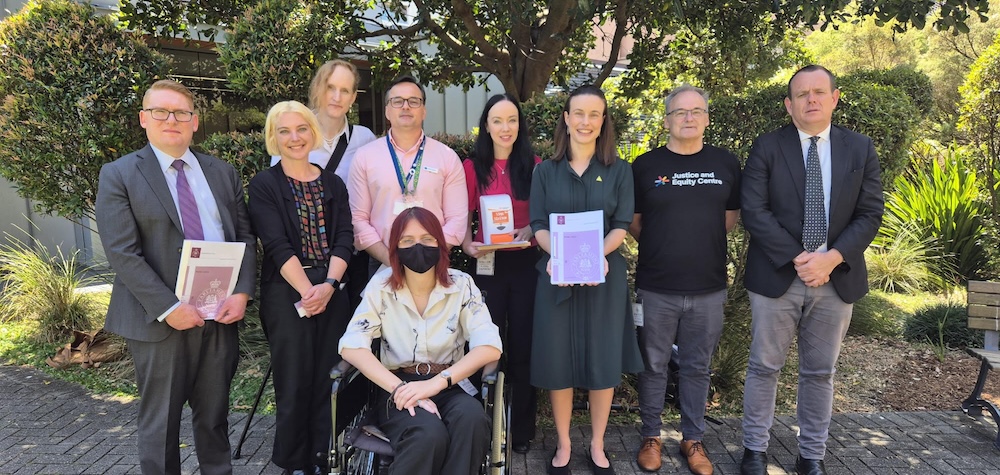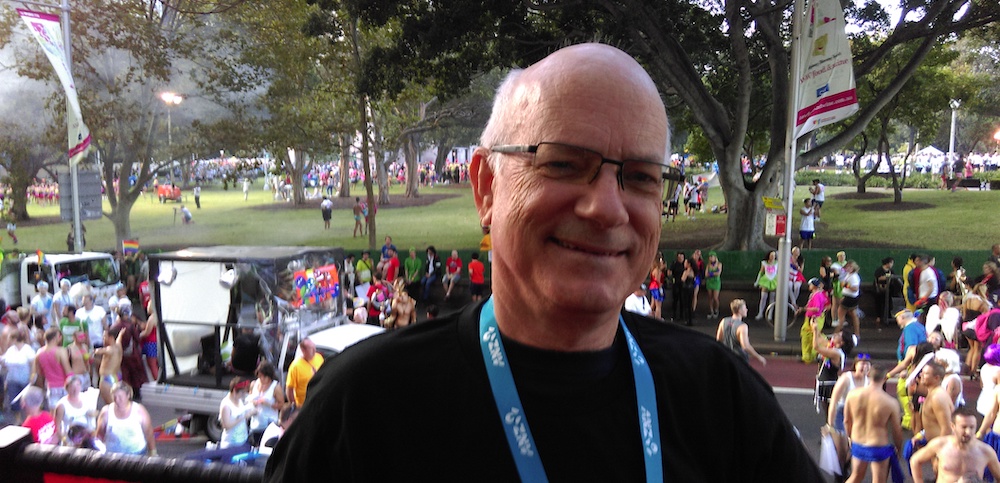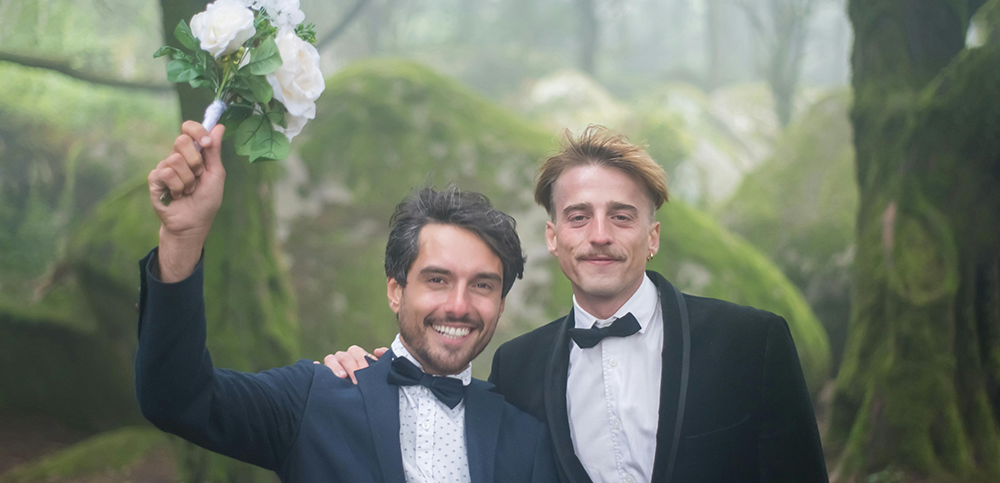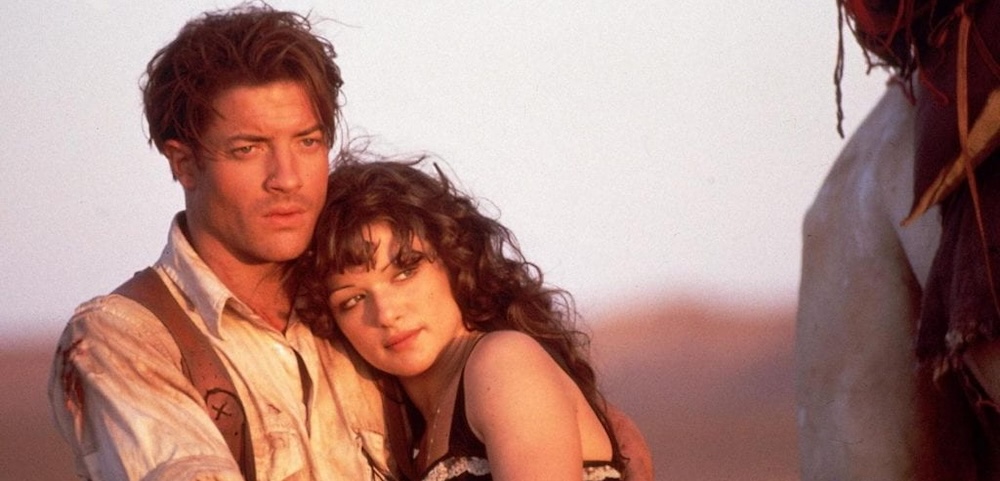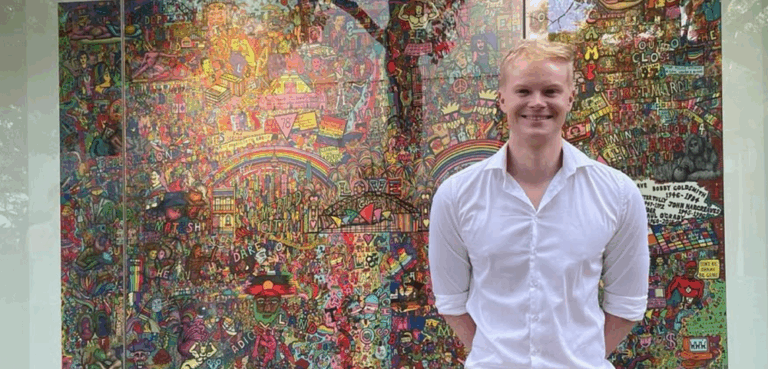
A place to loiter: The Archibald Fountain in Hyde Park
Hyde Park in Sydney has one of the most homoerotic pieces of public art in Australia, with the Archibald Fountain.
Its statuary includes a variety of hunky naked men very publicly on display — a rare sight in Sydney, especially when the fountain was built in 1937.
But it was an appropriate place for it to be located. Hyde Park had a long history as being a homosexual ‘beat’, going way back into the 19th century, and the Archibald Fountain provided a major new focus: it was in a park; it was a striking piece of architecture; and it was floodlit at night. So it soon became a ‘beat’.
A beat had to fulfil several criteria: there had to be a legitimate reason why men could be there, casually loitering, either by day or night, and where one could casually strike up a conversation with another man — to ask for a light, for example, or ask the time. These were the opening moves in what might or might not become a pick-up, depending on a range of responses from the other party.
And there could be ingenious ways of getting the message across. One man, when he went out at night to pick someone up, would put nail polish on two nails — and when he’d ask a man for a match (someone he thought might be a homosexual) he’d show those two nails to him as he took the match. In other words, he used a display of ‘effeminacy’ as a signal to the man.
In Kylie Tennant’s Tell Morning This, published in 1967, there is an acknowledgment of the Archibald Fountain being a homosexual ‘beat’. One particular scene in the novel opens at a public meeting at the fountain where a fraças occurs, caused by a number of young men with little feathers in their hats.
The novel’s heroine, Nonnie, confronts their leaders, and finds there is a misunderstanding: the young men thought the meeting was to have the Archibald Fountain pulled down, and they were there to show their opposition.
Afterwards, Nonnie talks with a companion, Dr Cranitz.
“‘You saw those young men?’ Nonnie asked. ‘They thought we were trying to get the Archibald Fountain removed. So extraordinary!’
‘Homosexuals,’ Dr Cranitz said blandly.
‘But why should they worry about the fountain? I admit it’s a beautiful thing, and I wouldn’t like to see it removed myself…’
‘It is their meeting place.’
‘Surely not! How do you know?’
‘My dear lady,’ Dr Cranitz said resignedly, ‘it is so. I assure you.’
‘He looked quite a nice young man,’ Nonnie said doubtfully….”
Interestingly, Tell Morning This was written in the 1940s, and describes life in Sydney then. It had originally been published in 1953, in a bowdlerised version as The Joyful Condemned, with the homosexual scenes cut out — such were the sensibilities of the times.
Like many of Sydney’s famous old beats — Boomerang St, Giles Baths at Coogee, Green Park, the Bondi Pavilion dressing sheds among them — it no longer works; but I’m sure that late at night, the ghosts of adventurers past come out and loiter, hoping….
INFO: Garry Wotherspoon is a historian and the author of City of the Plain: History of a Gay Subculture.
